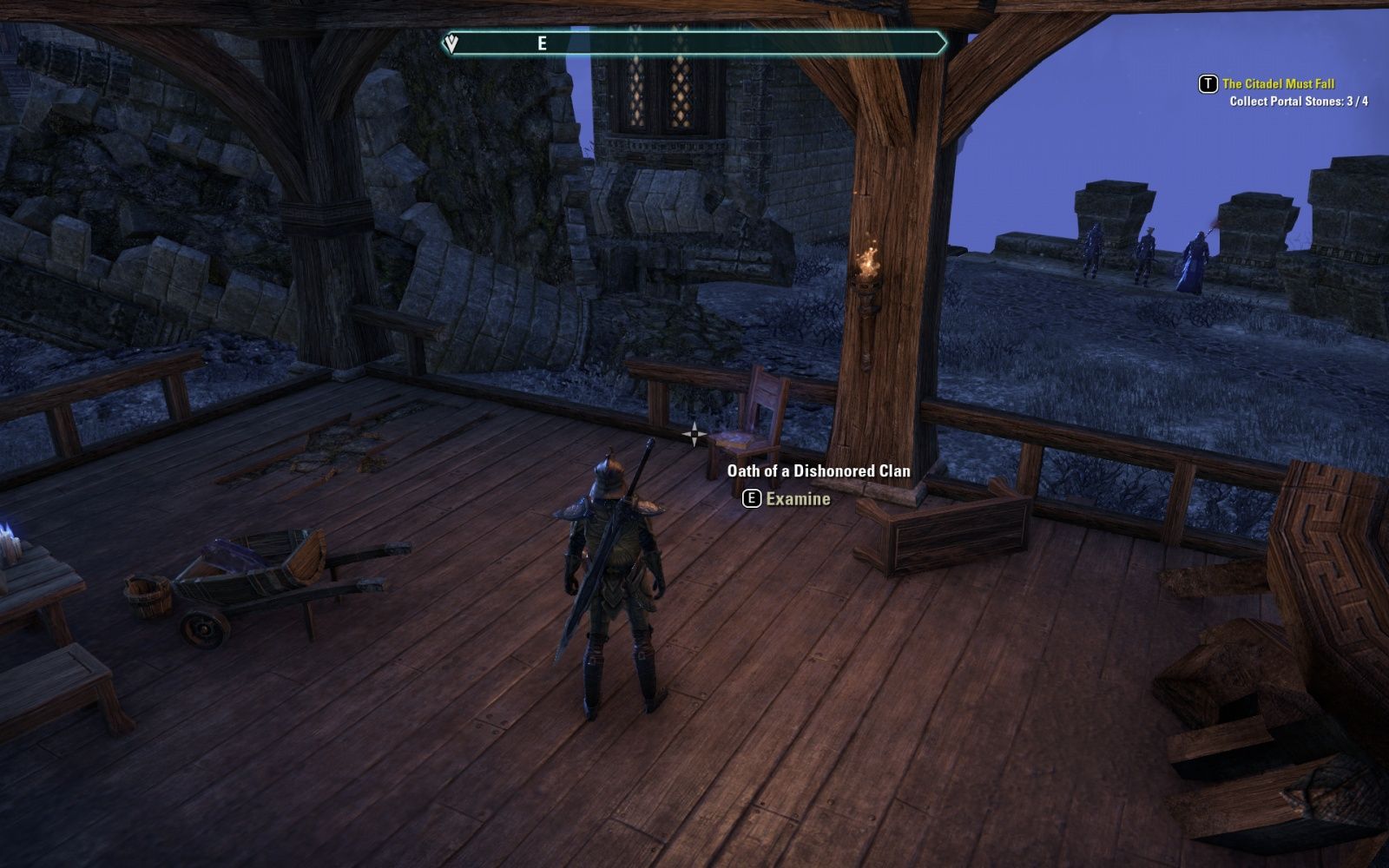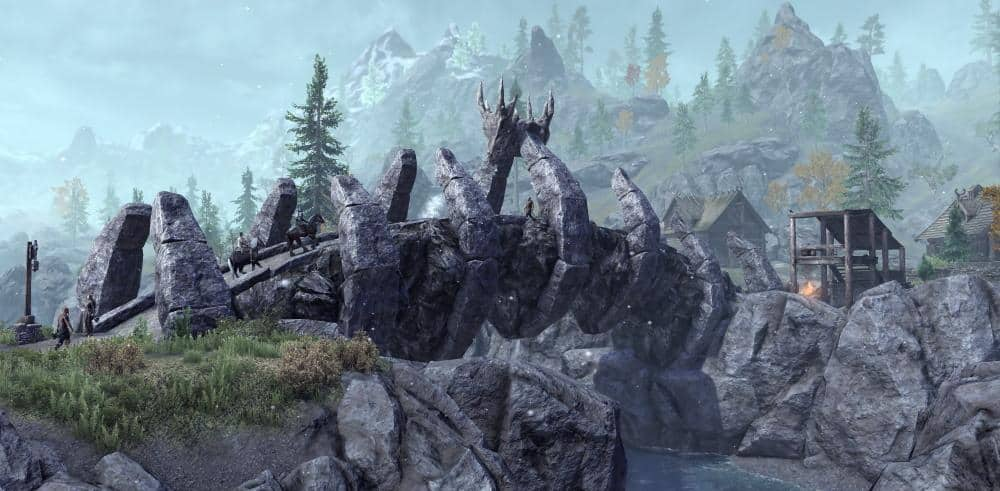The Iteso (or people of Teso) are a Nilotic ethnic group in eastern Uganda and western Kenya. Teso refers to the traditional homeland of the Iteso, and Ateso is their language.[1] Iteso is plural (two or more people from Teso), Etesot and Atesot are singular. Etesot is for male person from Teso and Atesot is feminine. Iteso are believed to have migrated from Abyssinia (Ethiopia).
In Uganda, Iteso inhabit the districts of Soroti, Kumi, Katakwi, Amuria, Bukedea, Serere, Ngora, Pallisa, Kaberamaido, Tororo, Kapelebyong and Kalaki. Iteso are very generous and hospitable people. The cultural drink of Iteso is 'ajon' , commonly consumed in local ceremonies and social gatherings. They practice crop and animal farming and attach great value to land.
Eso Wrothgar Map Of Clans

History[edit]

This is a disambiguation page—a navigational aid which lists other pages that might otherwise share the same title. If an article link refers here, consider backtracking and fixing it, so that it points directly to the intended page. Map of Clans may refer to: Map of Clans (Book), Map of Clans (Item). Worn by time and stained with water, ale, and blood, Thugbo's Map of Clans indicates where he believed each of the 13 clans established their homes at the end of the Dawn Era. It only survived because it somehow found its way into a Breton museum. King Kurog purchased the map, but the courier never arrived. Feb 20, 2019 - Map of Dragonstar in Craglorn in Hammerfell, 2E (ESO). Part of the Season of the Dragon year-long adventure, the Wrathstone DLC game pack arrives February 25 for PC/Mac and March 12 for Xbox One and PlayStation®4 and will be available for ESO Plus members and in the in-game Crown Store. This new DLC game pack arrives with Update 21, a free base-game update for all ESO players. The Elder Scrolls Online, Interactive map of Tamriel. The information below is subject to change at any time, and will be updated once the content is released.

Origins[edit]
Teso traditions relate that they originated somewhere in what is now Egypt in the area of Alexandra.[2] They are believed to have descended from the Hebrew Joseph who had married a black Egyptian.[2][3] Later when the Israeli slaves left Egypt for the promised land, the group followed the blue Nile river into Ethiopia.[2] They then moved in a south easterly direction and settled in North Eastern Uganda, in what is now Karamoja.[4] The word Karamoja lends itself into Karamojong which means ' the old person is fatigued'. Legend has it that either as a sect, a clan or of a similar tribal identity to the Karamojong, tt is from here that they obtained the name Iteso, a derivative word, meaning 'graves'. The oldmen—the Karamojong--- where concerned, perhaps even anxious that if these group of Karamojong moved on, they would die hence becoming 'graves', from which the word 'atesia' originates, and the tribal name, Iteso, took on. Some accounts indicate bible or scriptural influence where by the Iteso saw a land, part of the promise to Jacob, the grand son of Abraham, as a land divided by small rivers originating from the White Nile, theirs was the Upper Nile area. From the Ethiopian mountains is where they saw the land. They later migrated south West over a period of centuries.[5]
They are part of a larger group of Eastern Nilotic peoples(Ikatung'a,Oltung'a,Itung'a) which include; the Maa(Samburu and Maasai),Turkana of Kenya, Nyangatom of present-day Ethiopia, Karamojong and the Toposa of South Sudan.[6] The Ateker further split into several groups, including Jie, Turkana, Karamojong and Teso.[7]
The Teso established themselves in present-day north-eastern Uganda and western Kenya near Mt.elgon, and in the mid-18th century some began to move farther south. During the course of this latter migration, conflicts ensued with other ethnic groups in the region, leading to the split of Teso territory into a northern and southern part.Teso warriors
Ugandan and Kenyan Teso[edit]
In 1902, part of eastern Uganda was transferred to western Kenya - leading to further separation of Teso.[5]
Northern Teso occupy the area previously known as Teso District in Uganda (now the districts of Amuria, Soroti, Kumi, Katakwi, Pallisa, Bukedea and Kaberamaido).[4][2] Southern Teso live mainly in the districts of Tororo, Bugiri and Busia in Uganda, and Busia District in Kenya's Western Province.[8]
Uganda[edit]
In Uganda, the Iteso live mainly in Teso sub-region, i.e., the districts of Amuria, Bukedea, Butebo, Kaberamaido, Kapelebyong, Katakwi, Kumi, Ngora, Serere and Soroti, but also in Bugiri and Pallisa, as well as in the districts of Tororo and Busia. They number about 3.2 million (9.6% of Uganda's population).[9][2] Until 1980, they were the second largest ethnic group in Uganda.[9][10] As of 2002 they were the fifth largest but this has remained questionable especially since there has never been any genocide that could have massacred more than a half of the Iteso populace. Most of the Iteso therefore contend that they are still the second largest ethnic group in Uganda. In fact the figure portrayed by UBOS is rather a political statement than an accurate recording of the Iteso in Uganda.[11] Most Teso elites continue to argue that, since the national budget is disbursed based on population numbers, some individuals in government often manipulate these figures to suit their political interests and as such, as long as the current NRM government continues in power, the national population census figures can never be accurate but rather will continue to serve selfish political interests in order to justify why some areas in the country like Teso, remain poor and underdeveloped.[12]
Kenya[edit]
The Iteso in Kenya, numbering about 578,000, live mainly in Busia county. The Kenyan Teso people are an extension of their Ugandan counterparts in that they were merely separated by the partition of East Africa during the historic scramble and partition of Africa just like the Maasai of Kenya and Tanzania and the Oromo of Kenya and Ethiopia.[2] They are among the Plain Nilotic groups closely related to the Turkana, Karamojong, Toposa, Kumam, Lango and the Maa groups of the Maasai and Samburu.[2]The prominent people in Teso include the current governor of Busia County, Hon Sospeter Ojaamong, Hon Albert Ekirapa, Ojamaa Ojaamong, Oduya Oprong, Pancras Otwani, educationists like Isogol Titus, Silvester Silver Omunyu and student leaders like Titus Adungosi,Odula Ongaria, Cyril Etiang, Meshack Patrick Emongaise, Samson Iliwa and Odeke Opama Silas Okatagoro(Information Scientist/ Teso Author).The Iteso people are located in Western Province of Kenya currently in Busia County which is in South of Mt. Elgon. In Busia county, they inhabit two subcounties currently, Teso North and Teso South Subcounties. Still, a large number of them inhabit parts of Bungoma and even Trans Nzoia Counties which are dominated by the Bukusu of the Luhya community.[2]Teso people are the only Plains Nilotic people whose lifestyles underwent drastic changes. Having been pastoralists since time immemorial, these people are now the most successful farmers in both Western Kenya and Eastern Uganda.[4][2]In recent years the people have changed much of their lifestyle. They used to exhume the dead after some time because of population pressure on their land and they no longer have bushes to dump the bones of people who died long time ago. Now they use cement graves—a sign that they have embraced new ways of dealing with the dead. They believe in one God (Akuj/amsabwa) and also in life after death.[2]
Notable people[edit]
List of notable people in Teso:
- Hon. Sospeter Ojaamong, Kenyan politician
- Hon. Mary Emaase Otucho, Kenyan politician
- Prof. Olubayi Olubayi, Board member of Kiwimbi Organisation
- Patricia Apolot, Ugandan female professional martial artist
- Stephen Achiya Echakara, former Assistant minister of energy and member of Parliament
- Shaban Opolot, Ugandan military officer

References[edit]
- ^Karp, Ivan (1978). Fields of Change among the Iteso of Kenya. Routledge; Reprint edition (2005). ISBN0-415-32990-6.
- ^ abcdefghij'History of iteso Abysinia to Kenya Journey of 5000 Years. – Iteso Welfare Association UK'. Retrieved 2020-05-30.
- ^Lukyn, Williams F (1936). Teso clans. National Library of Uganda: The Uganda Journal.
- ^ abcKennedy, F. R (1937). Teso clans. National Archives: The Uganda Journal.
- ^ abMwakikagile, Godfrey (2009). Ethnicity and National Identity in Uganda: The Land and Its People. New Africa Press. ISBN9987-9308-7-5.
- ^Kagolo, B. M (1955). Tribal names and customs in Teso district. National Archives: The Uganda Journal.
- ^Shillington, Kevin (2005). Encyclopedia of African History Volume 1 A-G. New York: Routledge. pp. 1912 pages. ISBN1-57958-245-1.
- ^Uzoigwe, G. N. The beginnings of Lango society : a review of evidence. OCLC38562622.
- ^ abBuckley-Zistel, Susanne (2008), 'Effective History and the Beginning of the Teso Insurgency', Conflict Transformation and Social Change in Uganda, Palgrave Macmillan UK, pp. 54–73, ISBN978-1-349-35930-1, retrieved 2020-05-30
- ^Buckley-Zistel, Susanne, 1969- (2008). Conflict transformation and social change in Uganda remembering after violence. Palgrave Macmillan. ISBN0-230-58403-9. OCLC1131998608.CS1 maint: multiple names: authors list (link)
- ^Buckley-Zistel, Susanne (2008). 'Conflict Transformation and Social Change in Uganda'. doi:10.1057/9780230584037.Cite journal requires
|journal=(help) - ^2002 Uganda Population and Housing Census: Analytical Report (Uganda Bureau of Statistics)
